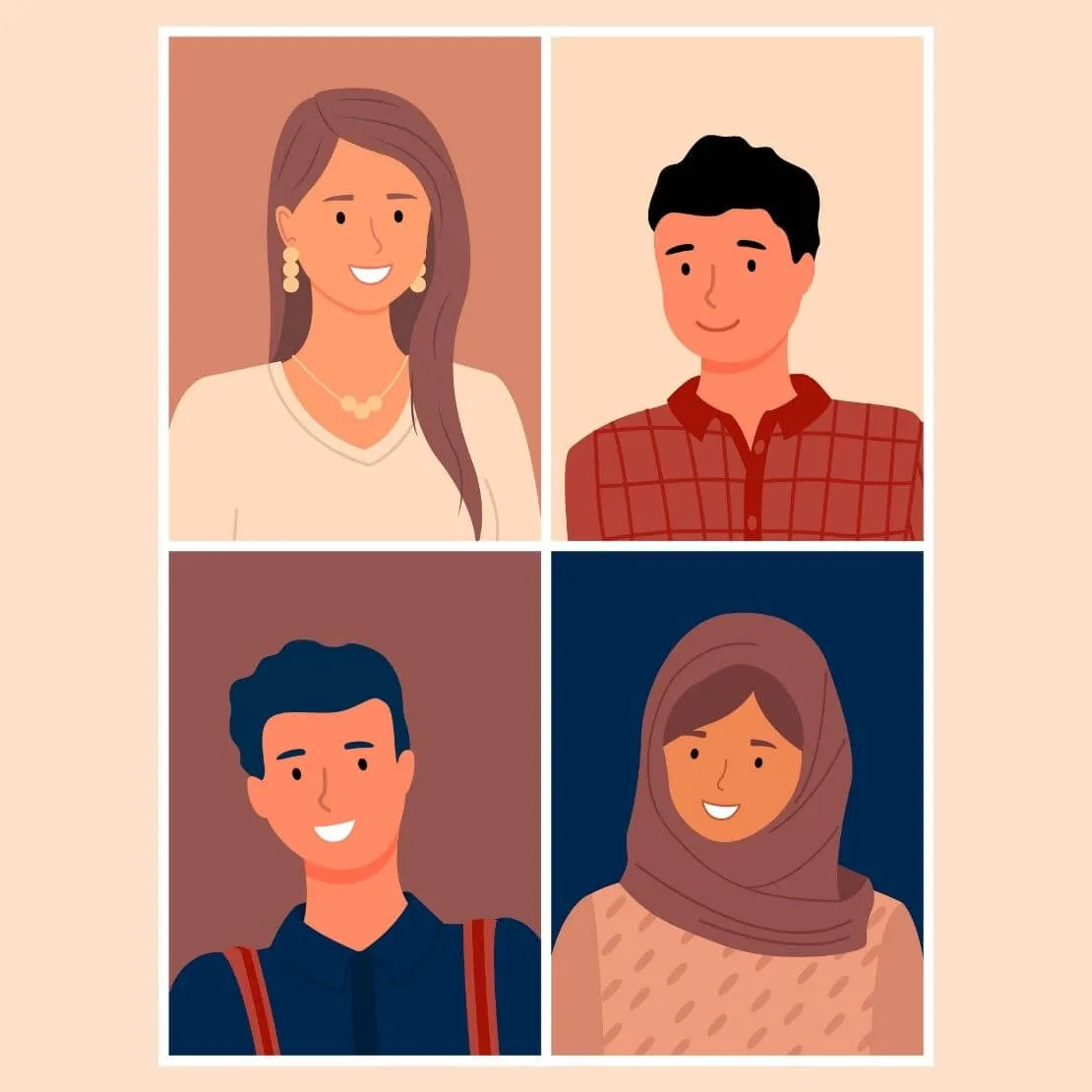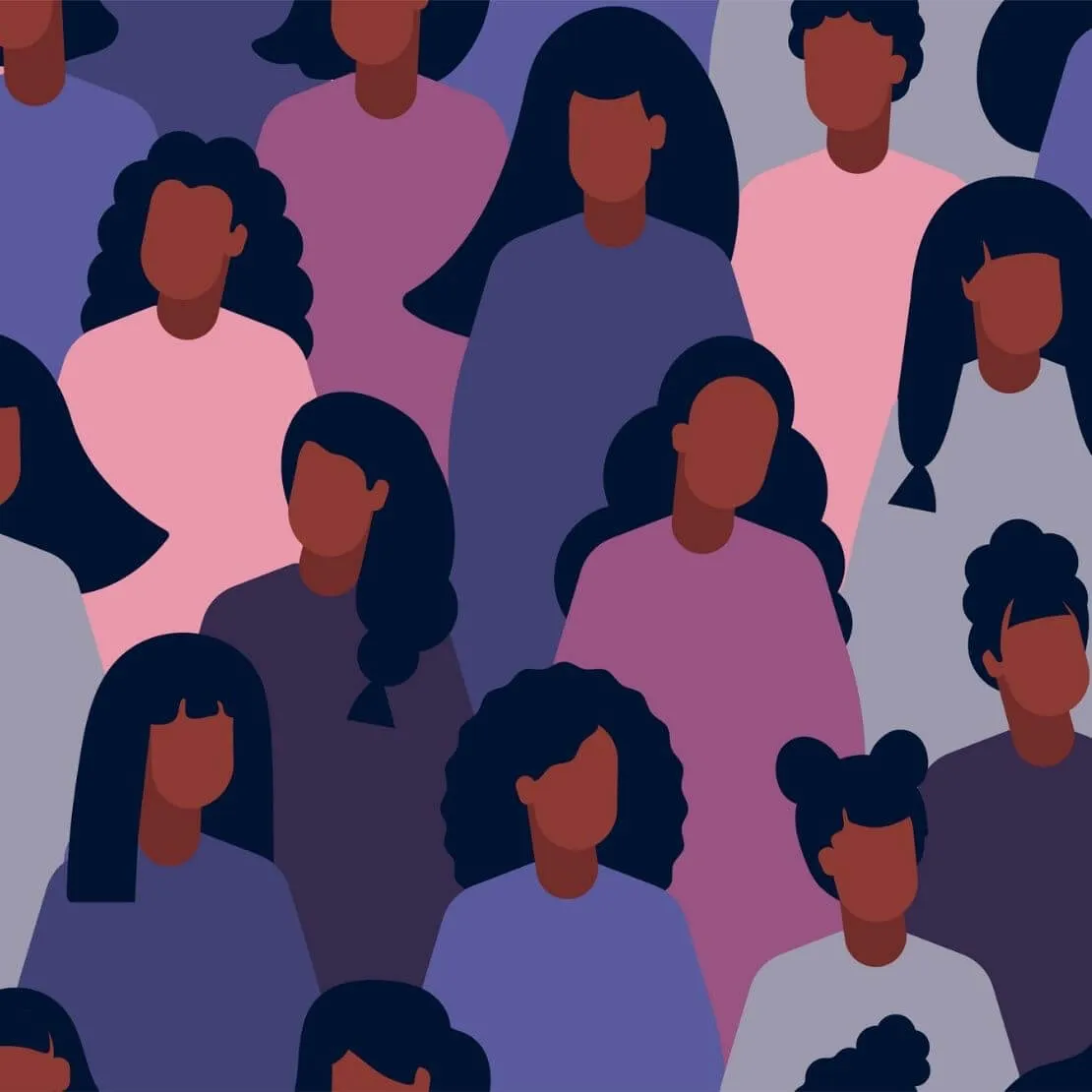Humans design the technological framework of our A.I. systems and algorithms, and as a result, our technology is seeping with human biases.
NOTE: “Algorithmic injustice is a term representative of the racism embedded within 21st-century technology that is merely perpetuated because of the programmers behind it.” This op-ed is meant to dig into the relationship between Indian-Americans in the tech field and their potential involvement in technology’s discriminatory impacts.
Indian American men hold thousands of important positions at almost every major tech institution, yet their influence on the technologies has too often been overlooked. The foundations of technology — the code — are reflections of the programmers who write it, and it is time we start taking a deeper look into the harms that high-caste, privileged Indian men perpetuate as the architects of our technology. In this piece, I explore the history of algorithmic injustice, the education to immigration pipeline in India, and what needs to happen as we move forward.
From the social media filters on our phones to the satellite systems that move about our planet, it is no secret that technology has become a ubiquitous part of human society. Contrived by some of the most complex algorithms and mathematical equations, technology is perceived as a feat of innovation, void of human-error —when in reality, it is a reflection of all the flaws and errors that are ingrained in human society. Humans design the technological framework of our A.I. systems and algorithms, and as a result, our technology is seeping with human biases. Harmful beauty artificial intelligence, criminal justice surveillance systems, hiring and recruitment process biases, and healthcare show how discriminatory technology adversely affects the lives of marginalized communities around the world in all facets of their lives.

While these examples might be unsettling, they should not be shocking. If someone were to look into the compilation of the major tech forces, they would see that most software positions are dominated by white and Asian people making up 92% of the tech workforce and with men being 80% of the total workplace. While it is extremely difficult to assign an exact line of code to specific harms done in society and evaluate whose work has directly contributed to algorithmic injustice. Researchers and activists have explained how the disproportionate number of white men in the software industry is directly connected to the biased algorithms within our technology. The most common cause of algorithmic bias happens through deep learning. Deep learning algorithms make decisions based on trends found in large quantities of data, which reflect the racism, misogyny, and classism rampant in society.
Growing up as a woman interested in technology in a community of Indian-American software engineers, I was exposed to deeply ingrained forces of misogyny, casteism, and classism from my male peers. Experiencing and seeing these behaviors present within individuals from my community brings me to question the role of 3+ million Indian software engineers might play in perpetuating algorithmic injustice. It is time we start questioning how their values and ways of thinking lead into the code and technology frameworks they are responsible for.
Despite being minorities in America, Indian-American software engineers often hold significant class and caste privileges in Indian society. Harvard professor Ajantha Subramanian, explains in her book, “The Caste of Merit: Engineering Schools of India,” how less privileged caste individuals in India face structural barriers that prevent them from pursuing higher education in a similar way to how America’s long history of racism has created institutionalized barriers to education for low-income, Black and brown communities. The educational inequality in schools triggers a domino effect that has led to higher ratios of privileged caste individuals in elite engineering schools, allowing them to pursue well-paying careers in technology, and utilize the H1-B visa to immigrate to the United States.
It is important to examine power structures and caste hierarchy in Indian society because privilege influences our lived experiences and shapes our worldview. This is most easily understood by looking at caste prejudice that is well and alive in Indian-American society. Equality Labs, a South Asian American human rights startup, reported how “two-thirds of members of the lowest caste, called Dalits, said they have faced workplace discrimination due to their caste. Forty-one percent have experienced discrimination in education because of it. And a quarter of Dalits say they've faced physical assault — all in the United States.” Unfortunately, it does not stop there. Indian-Americans are fervent Modi loyalists and often use Modi and Trump’s relationship as a justification to support Trump himself. Privileged Indian-Americans applaud Trump’s and Modi’s actions the way privileged White-Americans uplift Trump.

What this means when it comes to algorithmic injustice is that we need to not only hold white male professionals accountable but the Indian-American IT sector as well. Just because Indian-Americans are not white or because they are immigrants does not mean they have not benefited from other harmful systems of oppression. For example, Indian-Americans (or under a broader umbrella Asian-Americans) benefit from white supremacy and structures of power that have systematically oppressed Black-Americans. “The Model Minority Myth” has been used as a tactic to form a racial wedge between Black Americans and Asian-Americans through the internalization of a narrative that Asian-Americans are “deserving” and “hardworking,” while Black Americans were “lazy” and “unskilled.” The complex relationship that Indian-Americans have to various systems of power must prompt us to question and try to understand how they are also perpetrators of algorithmic injustice.
What should be our next steps? One, to increase awareness. Two, understanding of the problem alongside active pushes for true diversity in STEM. We have already discussed that many researchers have examined the effects of a disproportionate amount of white men in technology and have drawn links to how their population promotes algorithmic injustice. We need more researchers and technology activists questioning and looking into how Indian-Americans specifically contribute to algorithmic injustice with their unique set of biases and prejudices. Furthermore, we need to create educational and professional pathways for underrepresented minorities to secure jobs in the technology sector to make sure our technology serves all Americans and not just the privileged.